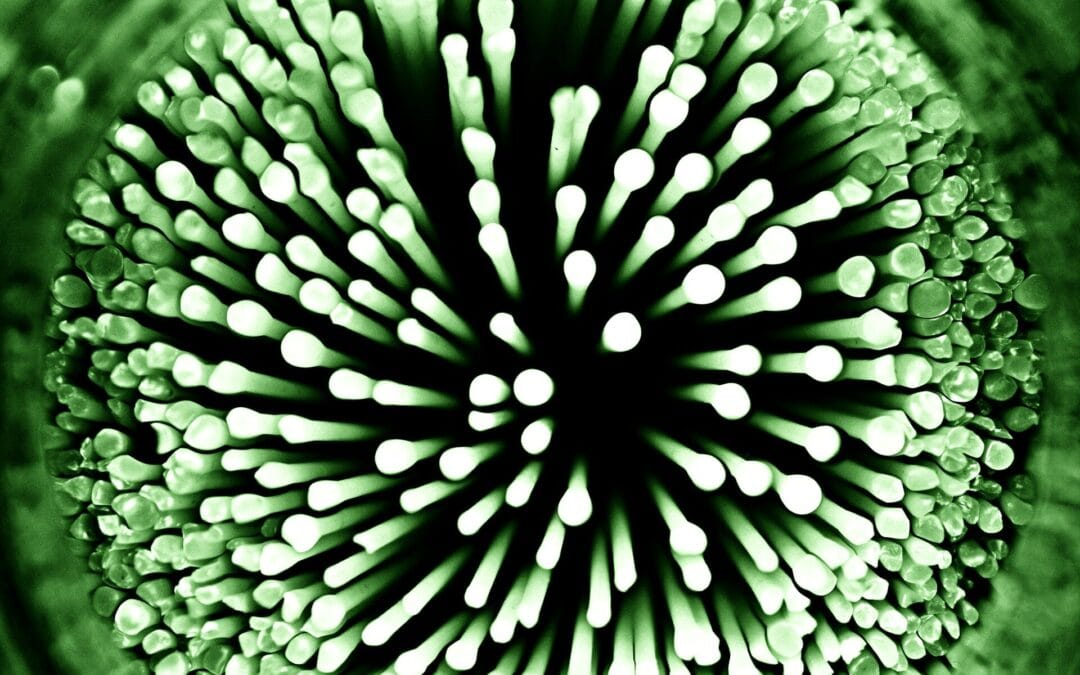
ScienceDaily recently reported on a study led by the Professor of Medical Bacteriology, Dan Andersson at Uppsala University. This research focuses on the use of theoretical models that link the degree and type of resistance developed by bacteria to their capacity to grow and divide. Professor Andersson explains that “this kind of knowledge would enable better tracking and slowing of the emergence of resistance, and thereby lengthen the period for which antibiotics are viable as effective treatments of bacterial infections.”
Bacteria respond to changes in environment by actively mutating or modifying their traits. For example, if placed in new surroundings that are low in nutrients, bacteria can mutate to improve upon their use of available resources. Prior studies have shown that scientists often have difficulty predicting the specific mutations that organisms will take to achieve a desired response.
Using the theoretical model, researchers identified a previously unobserved connection between an increase in bacterial resistance with a decreased ability to uptake nutrients. This finding enabled researchers to better predict the specific mutations and change in resistance that occurs when mutated bacteria are exposed to various levels of antibiotics. Experimental results show that low antibiotic doses cause a different type of mutation than high antibiotic doses.
Professor Andersson stated that this research “is the first step towards developing models that connect bacterial metabolism and growth with mechanisms underlying resistance.” The results of this study also reinforce the importance of combining theoretical models with experimental analyses.


Comentarios recientes